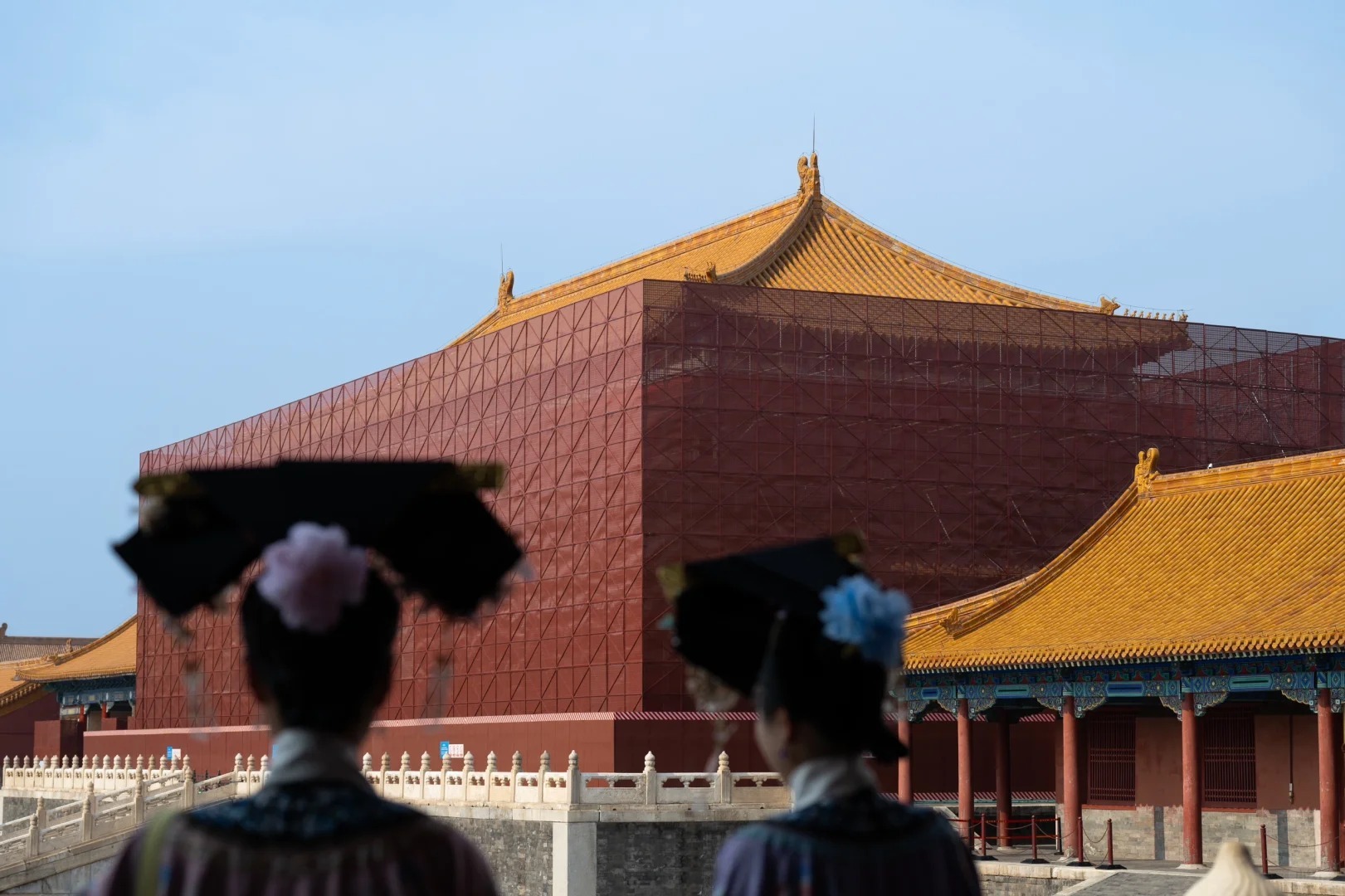Tales of drunken revelry have long been the stuff of poems and films. Take, for instance, Chinese romantic figure Li Bai (701-762 AD)’s writings and the American comedy trilogy The Hangover (2009, 2011, and 2013). A social lubricant, alcohol is usually the secret ingredient for a silly time.
What a shame, then, that more often than not, many booze-fueled adventures end the same way: with a blackout and a hangover from hell. Cue the Museum of Hangovers in Zagreb, Croatia, a place for partiers to commemorate their drunken nights out (or what they remember of them, anyhow) and random items they may have found on their persons the next day.
Teaming up with Social Supply, which organizes food-and-beverage-driven experiences like FEAST and FEAST CON, the museum is coming to China for the first time this Friday, December 2.
RADII spoke to Camden Hauge, co-founder of Social Supply, to get the lowdown on the event.

RADII: The Museum of Hangovers really upends typical notions of what a museum can or should be. What, in your own words, is the definition and duty of a museum?
Camden Hauge: The term has expanded recently. I was about to say something about offline or analog experiences, but there are digital museums now. So much has changed.
RADII: Especially with Covid.
CH: Exactly. I think it’s any collection of objects, pieces of literature, or works of culture that fall under a single theme, basis, or time period. Anything that is grouped together intentionally.
RADII: There has to be the intention of curation.
CH: Yeah, exactly. Hence the Museum of Hangovers, which is a collection of experiences or steps.


RADII: Without giving away too much, can you walk us through the experiential spaces in the pop-up?
CD: The eight different zones come together as a metaphor for a complete night out. I’m guessing the majority of people go through it: one moment, it’s midday, and it’s bright out, and then all of a sudden, it’s nightfall, and you find yourself out and about. [Our guests] will walk into a ‘club,’ and then they’ll go down to the street to get some street beers and play dice. At this point, they should ideally be drunk, and then there’s the morning after…
RADII: Not the dreaded walk of shame!
CD: So we [Social Supply] are trying to really make the experience come to life while also bringing in different elements of food and beverage, but also music and entertainment.
RADII: Why eight zones? Was this an auspicious decision to appease the Chinese partners or pure coincidence?
CD: That’s a great question! I don’t know the answer to that, as they [Museum of Hangovers] built the layout. But always good to have eight! Always good to be lucky. [Laughs]
RADII: While eating and drinking are strictly prohibited in most — if not all — museums, the Museum of Hangovers will see loads of snacks and sips. Will guests be able to travel around with these, or will the imbibing be limited to specific rooms?
CD: The F&B will be in a minimum of three spaces. Technically four, as we also have a water area for hydration, which is important!
Our food vendors or chef-partners, really, is Bastard, whose owners we love. Jiro has worked for me before, and I think Michael is one of the most talented chefs in Shanghai. Their restaurant is phenomenal — it really is them as individuals and as a couple.
And then we have our bartending partner: Ana Souza from Post No Bills. I love Ana because she’s just so fun. Her energy is unbelievable, and she’s always down to get the party started.
RADII: Shanghai has no shortage of galleries and museums. So why the Rockbund Art Museum?
CD: I think [the Museum of Hangovers] decided on the space because it’s more open to ‘quote-unquote’ arts and culture. It’s hard to get licensing in some zones in Shanghai, but Huangpu has done a very good job of courting the arts and culture. The venue is quite cool: It’s a two-story space near the Bund, a historic neighborhood with a beautiful environment.
Obviously, we need to stay attuned to events in Shanghai. I know it’s a delicate time, but hopefully, people still want some sort of relief. I think it’s important to have a little escapism at the moment, even though we’re experiencing heavy emotions.

Scan the code in this WeChat article to get your tickets.
This article was edited lightly on December 2 to reflect the latest changes to the event.
All images courtesy of the Museum of Hangovers, Social Supply Shanghai, and Camden Hauge

















